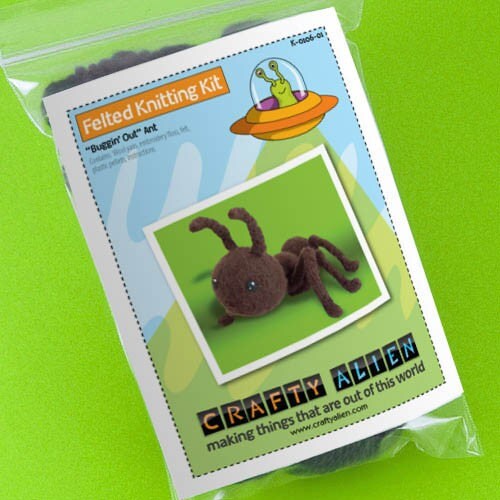Wood ants use resin to protect themselves against pathogens
"Social life is generally associated with an increased exposure to pathogens and parasites, due to factors such as high population density, frequent physical contact and the use of perennial nest sites. However, sociality also permits the evolution of new collective behavioural defences. Wood ants, Formica paralugubris, commonly bring back pieces of solidified coniferous resin to their nest. Many birds and a few mammals also incorporate green plant material into their nests. Collecting plant material rich in volatile compounds might be an efficient way to fight bacteria and fungi. However, no study has demonstrated that this behaviour has a positive effect on survival. Here, we provide the first experimental evidence that animals using plant compounds with antibacterial and antifungal properties survive better when exposed to detrimental micro-organisms. The presence of resin strongly improves the survival of F. paralugubris adults and larvae exposed to the bacteria Pseudomonas fluorescens, and the survival of larvae exposed to the entomopathogenic fungus Metarhizium anisopliae. These results show that wood ants capitalize on the chemical defences which have evolved in plants to collectively protect themselves against pathogens."Entire article is available online here.
Photo: the red wood ant Formica rufa. Image taken by Heath Cope and posted on http://www.anthill.org.uk/woodantgallery.htm





















